What R these plants?
scandia
17 years ago
Related Stories
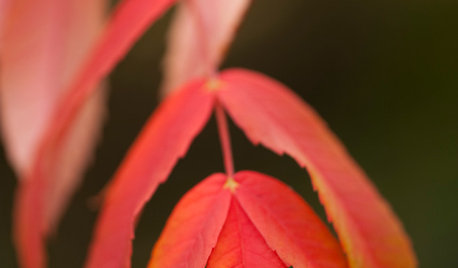
GARDENING GUIDESGreat Design Plant: Rhus Glabra
Smooth sumac provides powerful jolts of fall color and persistent fruit clusters that add interest through the winter
Full Story
GARDENING GUIDESGreat Design Plant: Asclepias Incarnata for a Butterfly Garden
Beautiful swamp milkweed makes it easy to help monarchs and other pollinators in eastern U.S. gardens
Full Story
FLOWERSRudbeckia Mania: Go Beyond Black-Eyed Susan in the Garden
Branch out from typical nursery fare, with lesser-known Rudbeckia species that have delightfully unexpected features
Full Story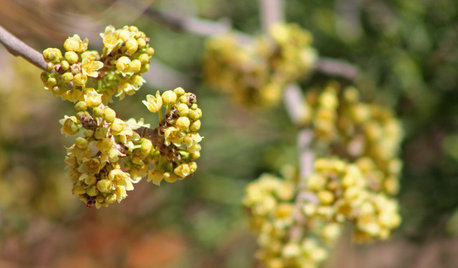
GARDENING GUIDESGreat Design Plants: Rhus Trilobata
Plant skunkbush sumac for its brilliant fall color, and tiny late-winter flowers that provide food for pollinators
Full Story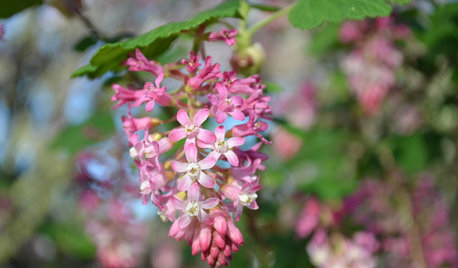
GARDENING GUIDESGreat Design Plant: Feed Wildlife With Flowering Currant
Blossoms and berries make this plant irresistible to birds, bees and other critters — and a treat for the eyes too
Full Story
GARDENING GUIDESGreat Design Plant: Milkweed
Quit cringing. This not-weed plant is a sight to behold in the garden, has a delicious vanilla scent and is a magnet for butterflies
Full Story
GARDENING FOR BUTTERFLIES3 Ways Native Plants Make Gardening So Much Better
You probably know about the lower maintenance. But native plants' other benefits go far beyond a little less watering and weeding
Full Story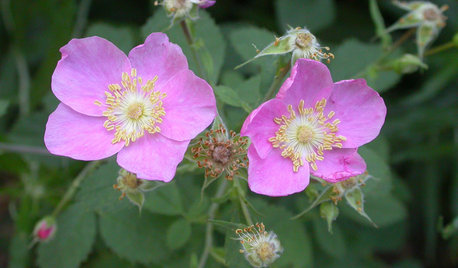
GARDENING GUIDESGreat Design Plant: Rosa Californica
Plant California wild rose for easy care and a touch of romance in your native garden
Full Story
GARDENING GUIDESWe Bust 4 More Native Plant Myths
Have you been taken in by these fallacies about gardening with native plants?
Full Story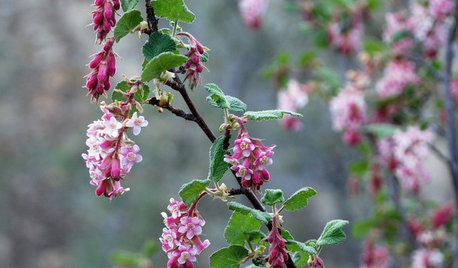
GARDENING GUIDESGreat Design Plant: Ribes Malvaceum
Plant pink chaparral currant for graceful winter tassels and an excuse to make black currant tarts
Full Story





troyers
tedp2
Related Professionals
Ballwin Landscape Architects & Landscape Designers · Cary Landscape Architects & Landscape Designers · Fort Lee Landscape Architects & Landscape Designers · La Marque Landscape Architects & Landscape Designers · Tomball Landscape Architects & Landscape Designers · Roxbury Crossing Landscape Architects & Landscape Designers · Allentown Landscape Contractors · Columbine Landscape Contractors · Damascus Landscape Contractors · Gainesville Landscape Contractors · Milford Mill Landscape Contractors · San Bruno Landscape Contractors · Ansonia Landscape Contractors · Fairfax Siding & Exteriors · Waldorf Siding & ExteriorsscandiaOriginal Author
lucky_p
troyers
rhizo_1 (North AL) zone 7
scandiaOriginal Author
tedp2
jeff_al
Iris GW
catbird
tedp2
scandiaOriginal Author
Iris GW
terramadre
tedp2
scandiaOriginal Author
kathyinalabama
scandiaOriginal Author
alas_babylon